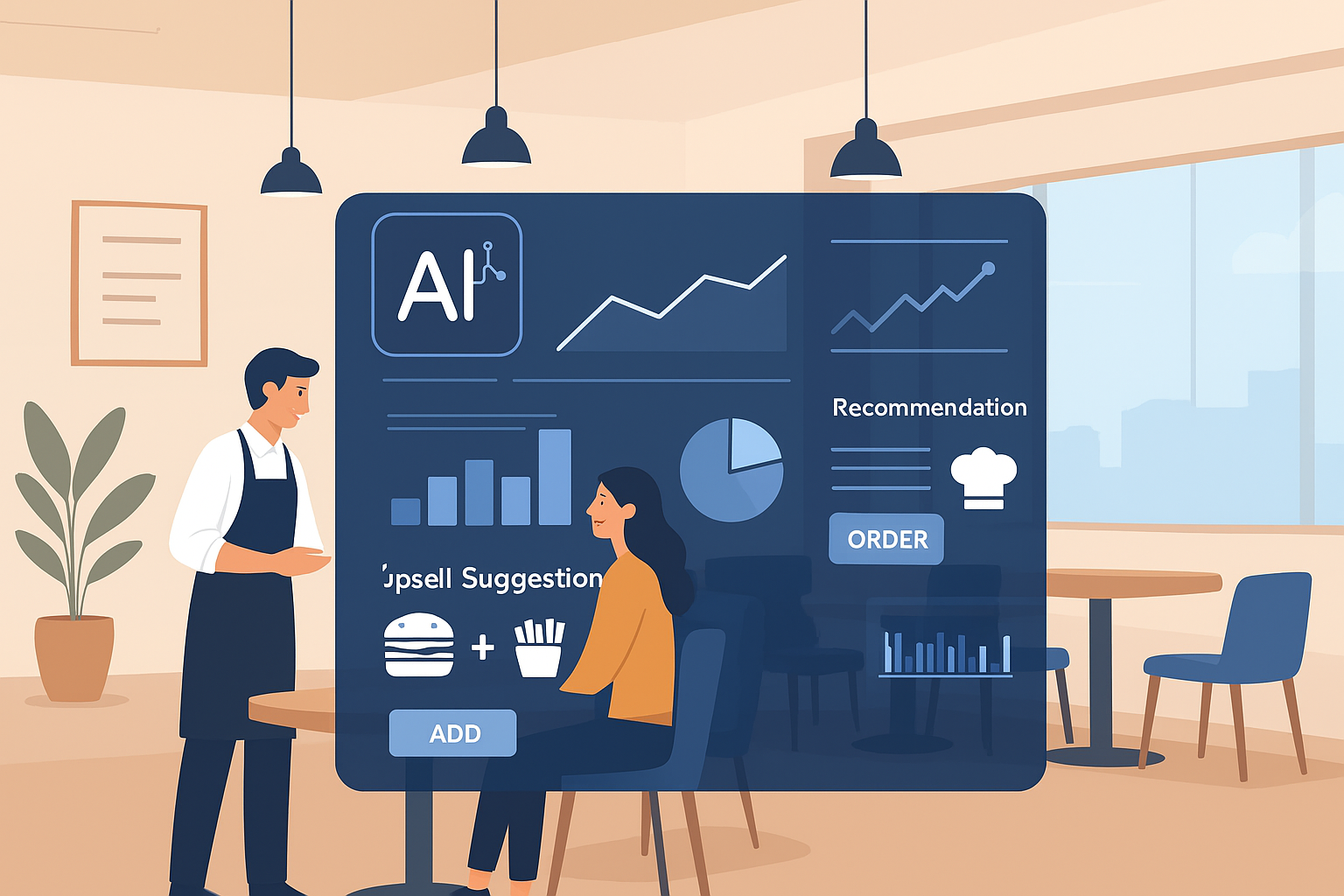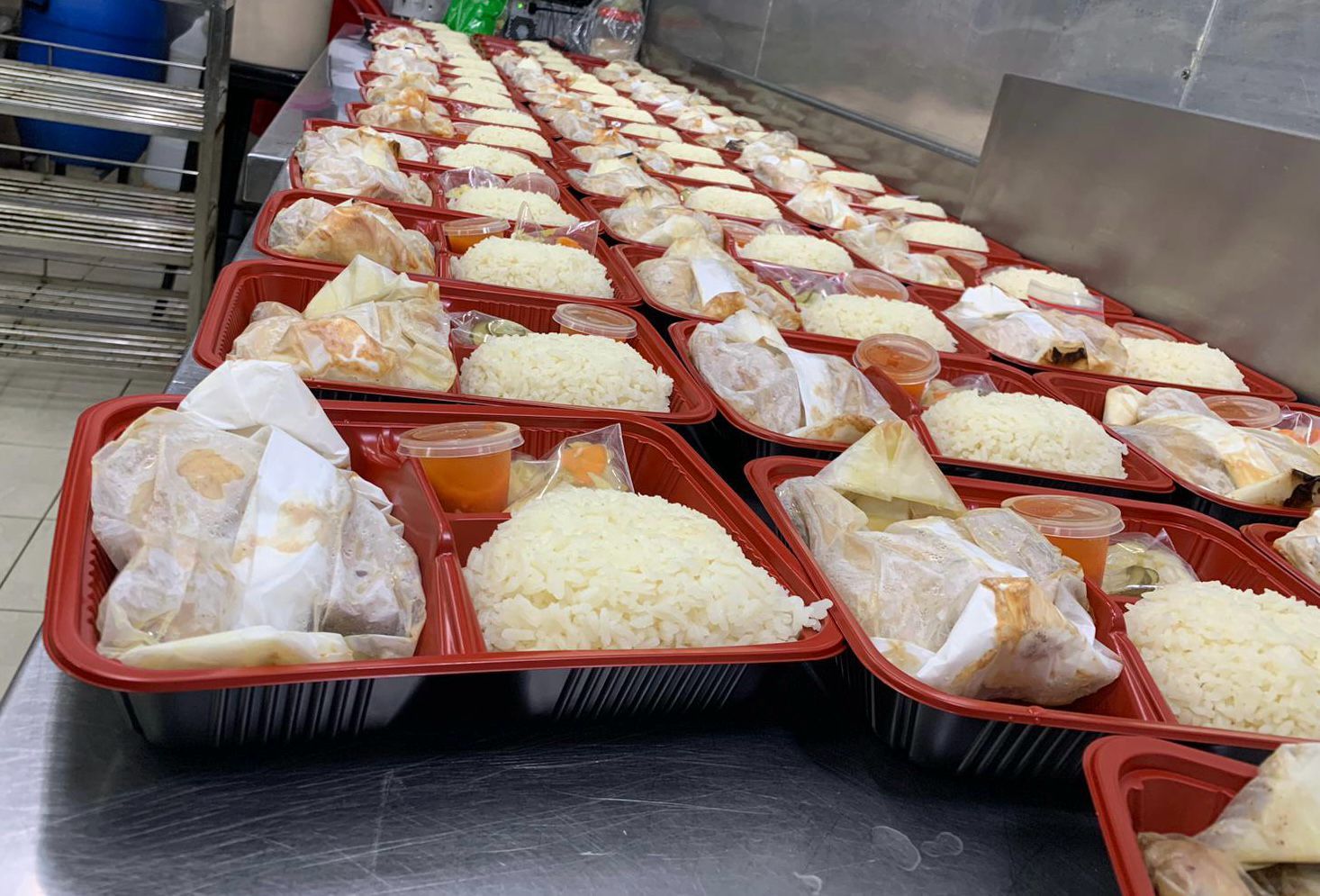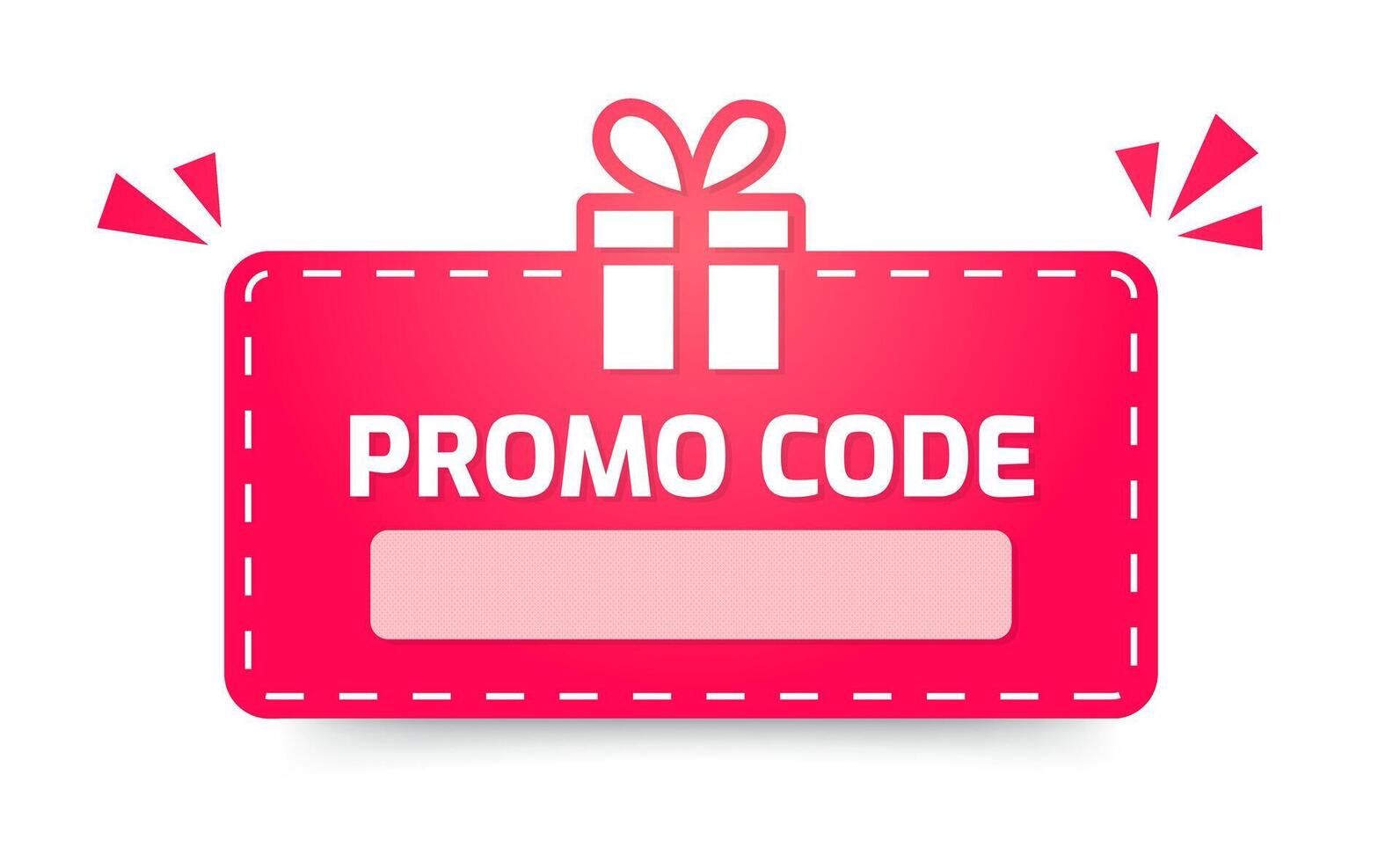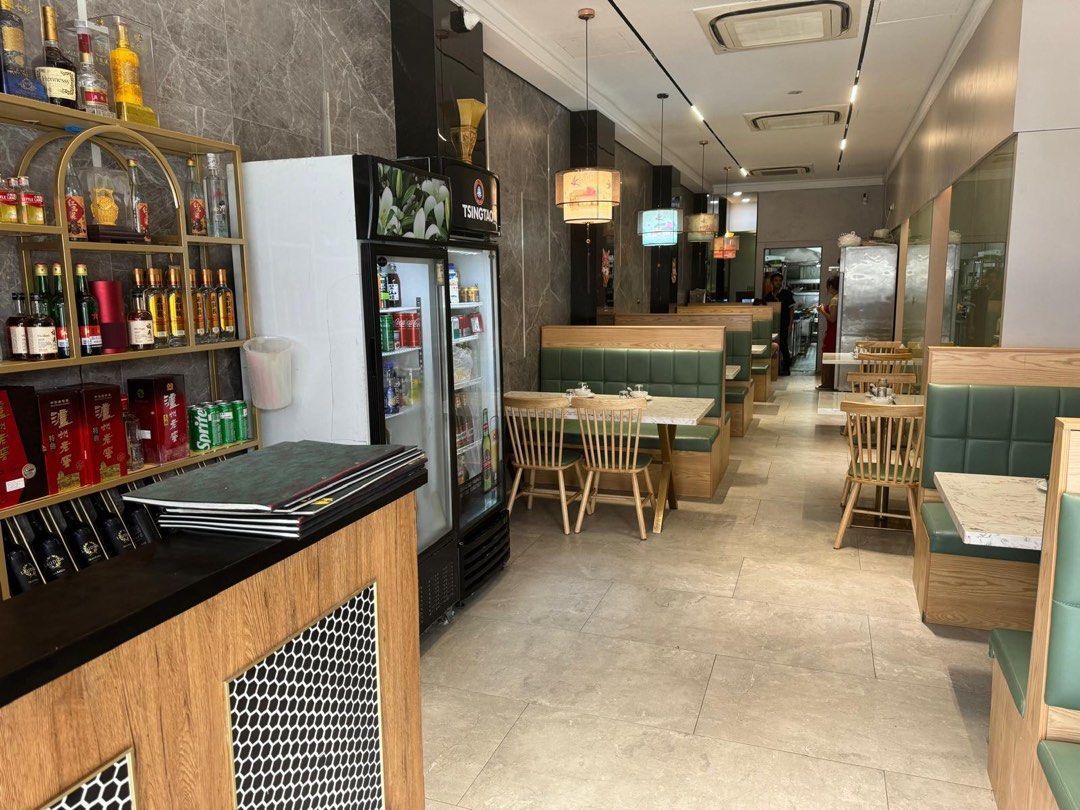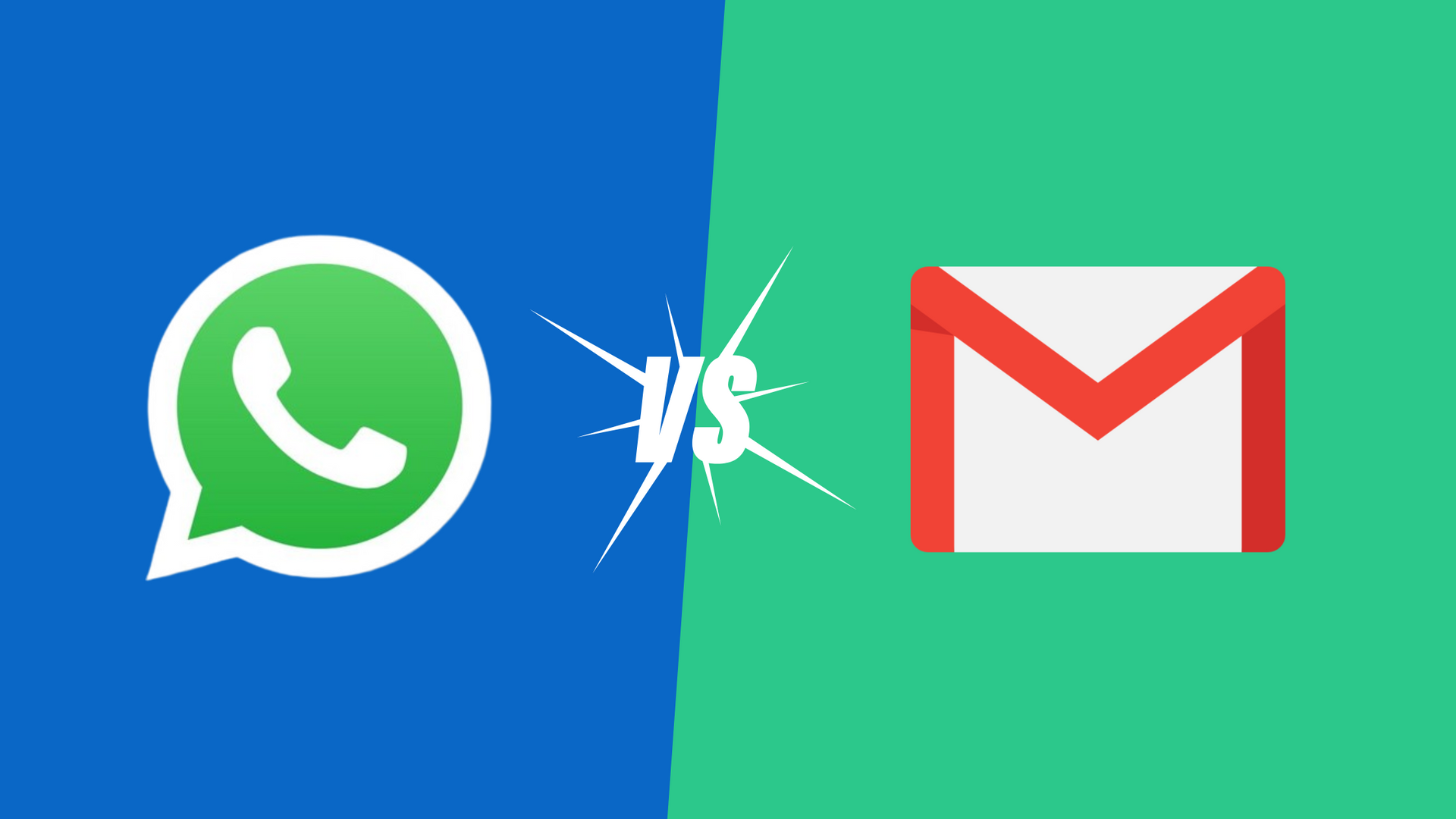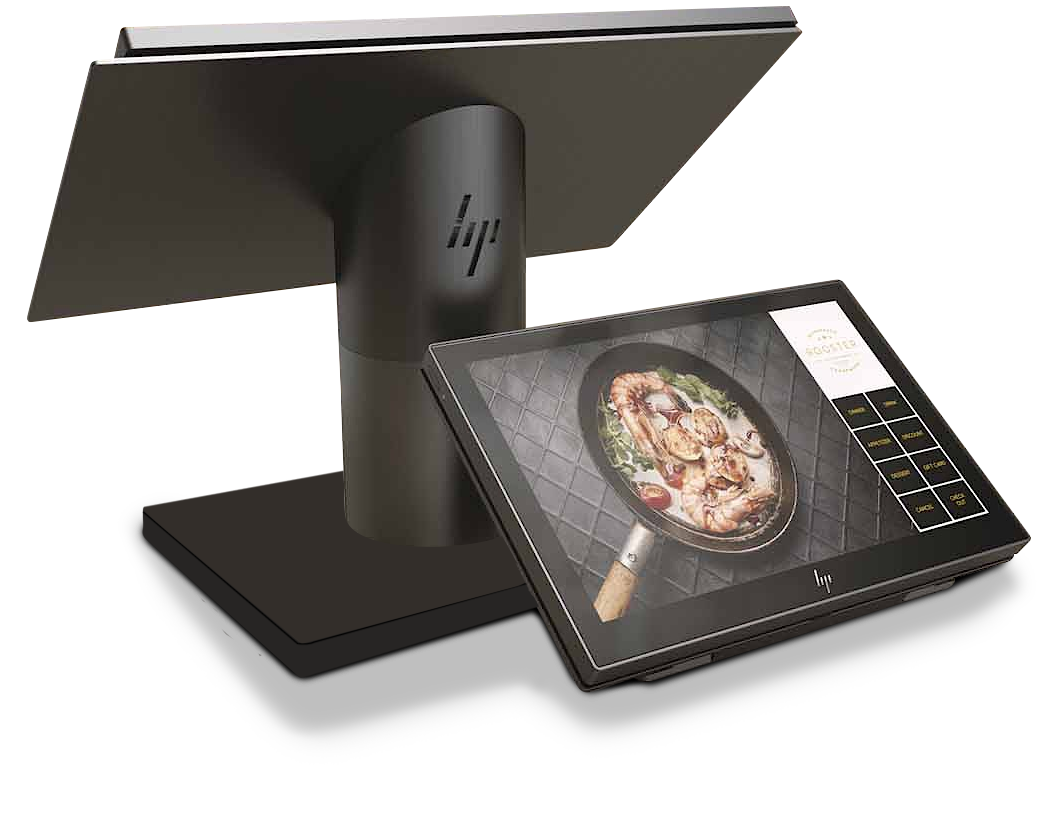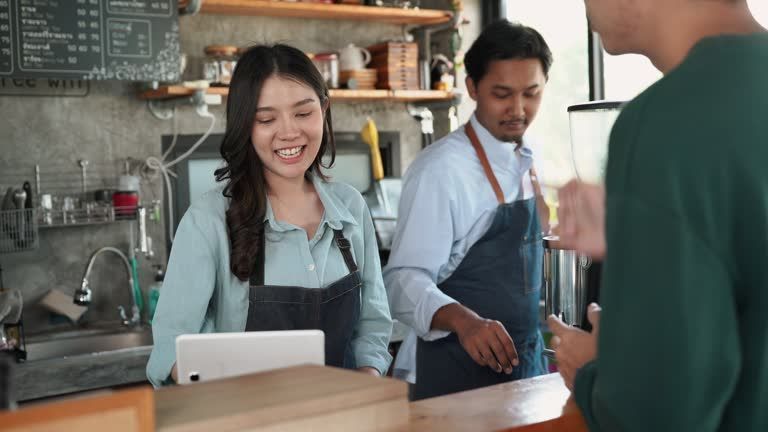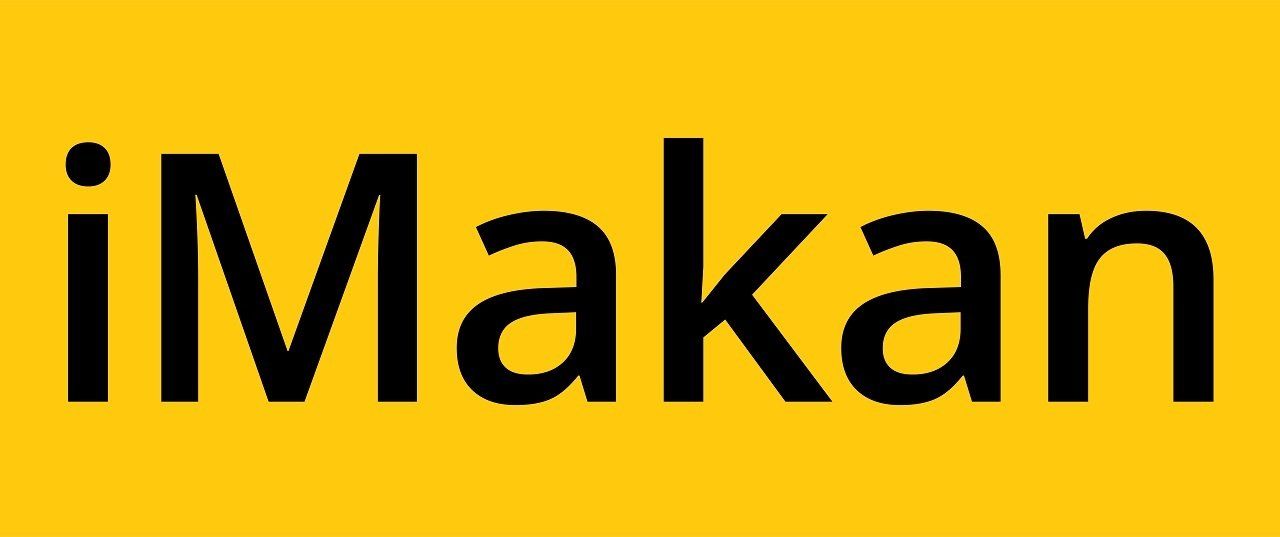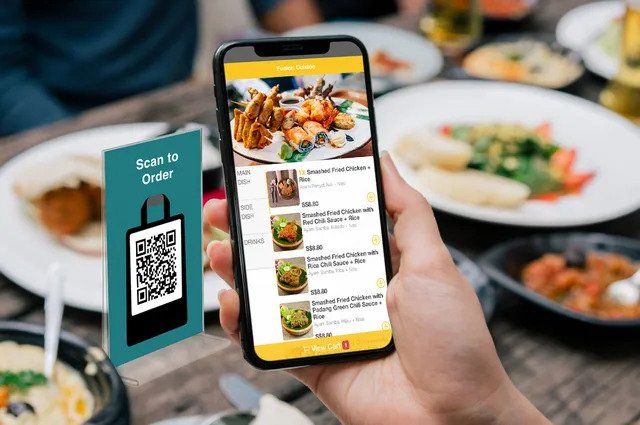
The ordering process has always been a huge part of the F&B business and owners have always been looking to improve their ordering process, making it more customer-friendly and productive. Hence, F&B ordering has always been evolving. From manual order taking, to the latest, QR ordering.
To understand what QR ordering is, we have to first understand what a QR code is.
What is a QR code?
A QR code (abbreviated from Quick Response code) consists of black squares arranged in a square grid on a white background, which can be read by an imaging device such as a camera, and processed using Reed–Solomon error correction to extract and display the stored data in the QR code.
What is a QR Ordering?
QR ordering is a digital ordering solution that makes use of QR code to direct customers to a specific webpage for food ordering purposes. The customer will need to use their smartphones to scan a QR code, commonly placed on tables in restaurants. They will then be taken to a webpage containing a full menu, coupled with appetising images and descriptions, where they can place their orders digitally.
How do restaurants/cafes receive orders placed through QR Ordering?
If your QR ordering solution is integrated with your POS system, the orders received through QR ordering will be sent directly to your POS system. Your POS system will then fire the order to your kitchen.
On the other hand, if no integration with POS has been done, the orders will be sent to an order management device, usually a tablet, from which your kitchen staff can prepare and manage the orders.
How to make QR ordering work for my F&B Business
QR ordering is a great fit for most F&B businesses. Here are some considerations you should have when thinking of implementing QR ordering:
1) Ordering flow:
Depending on your F&B business concept, your ordering flow might differ. For example, some restaurants will only allow their customers to place orders when seated, while others may want customers to start placing orders in the queue.
Takeaway food kiosks may also want to encourage their customers to pre-order by scanning a QR code outside their shops, on their website, or social media.
2) Delivery & pre-order:
Apart from ordering for dine in, QR codes are great for pre-ordering, and delivery orders as well. Have these QR codes placed around your shop, printed in your receipts, or uploaded in your social media and website to allow customers to pre-order for self collection or delivery.
3) Order Security:
While QR codes are a great way to boost ordering efficiency, it may backfire if there are inadequate safety nets to filter out "ghost orders". These "ghost orders" usually come from customers sending the QR code to their peers, who might accidentally send an order, causing confusion among kitchen and service crews, and food wastage.
Good QR ordering systems like iMakan, have safety nets in place, for example, deactivating a QR code after a certain time limit, or after the customer has been billed or only sending the order after the customer has made an online payment for the order.
How do I find out more about QR ordering or deploy it at my F&B shop?
To find out more about QR ordering systems, simply drop us your contact details below, and we will get in touch with you to schedule a free demo session on iMakan QR ordering system!
